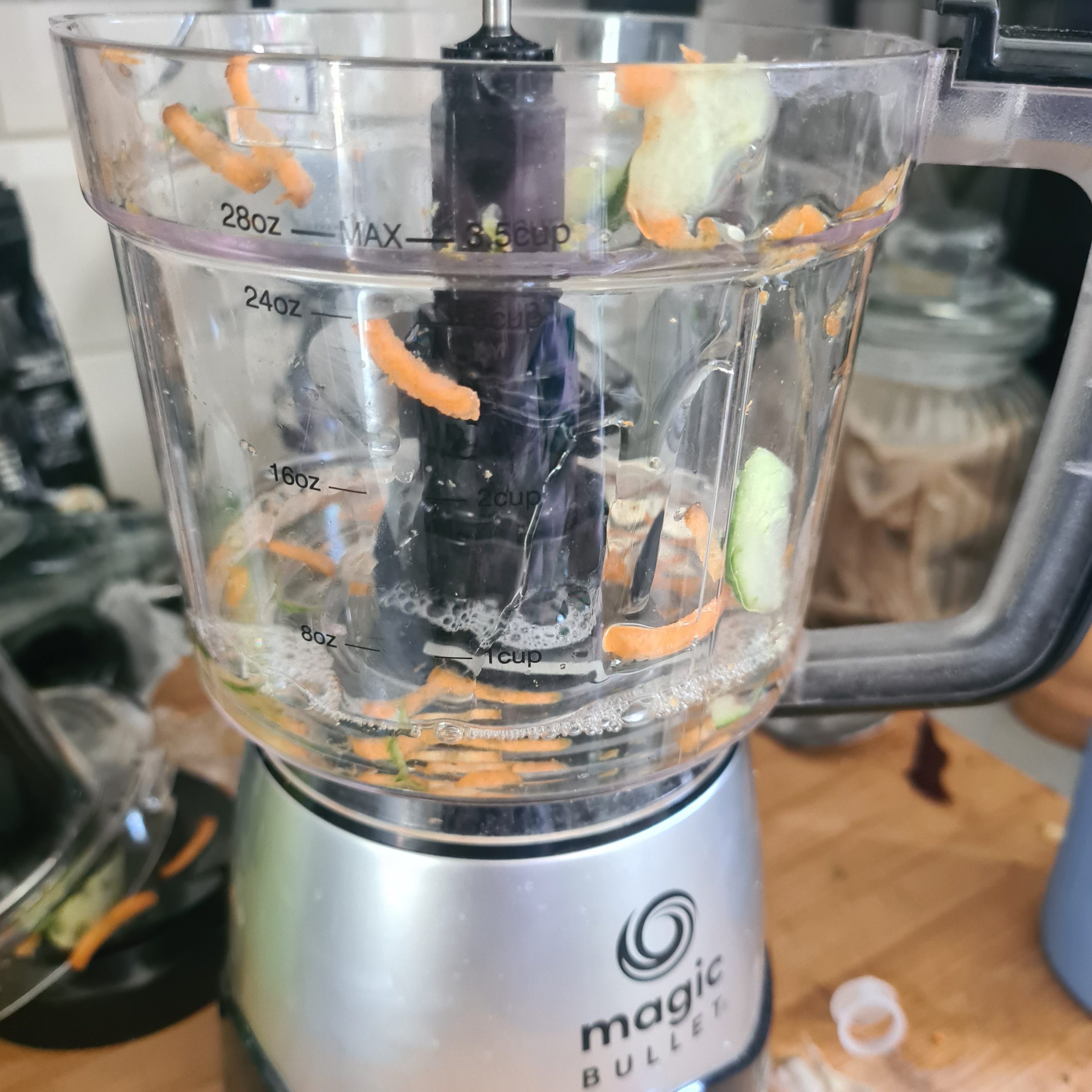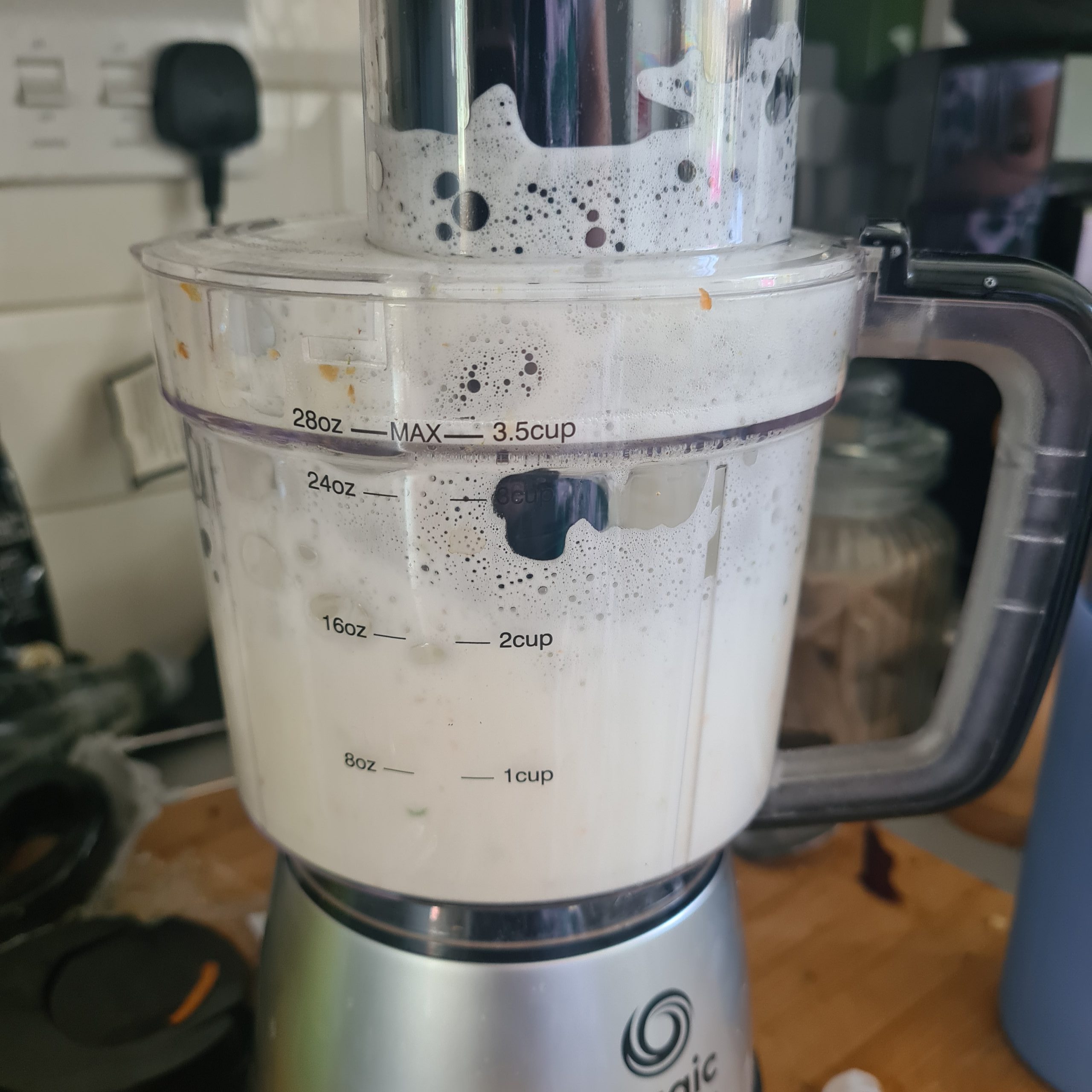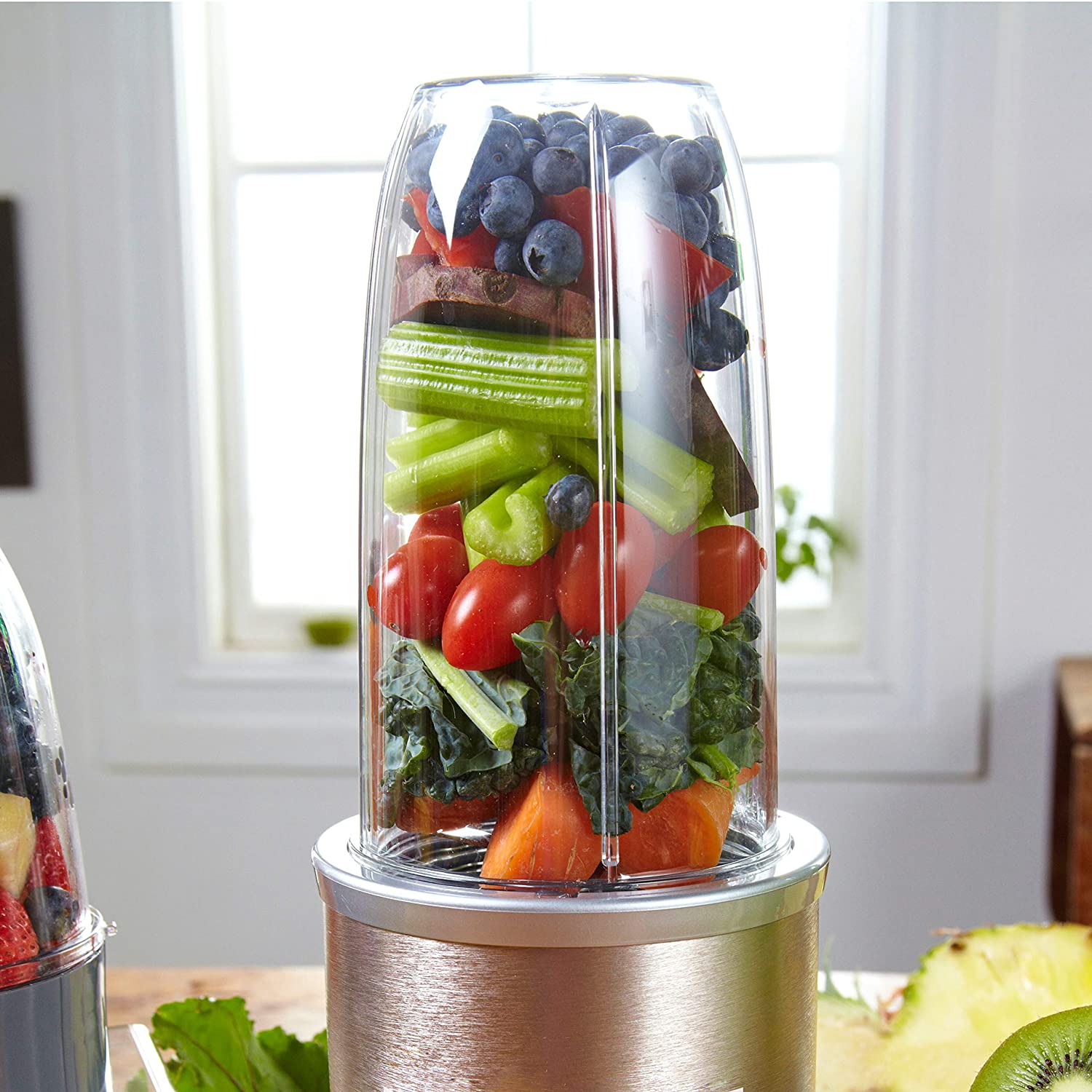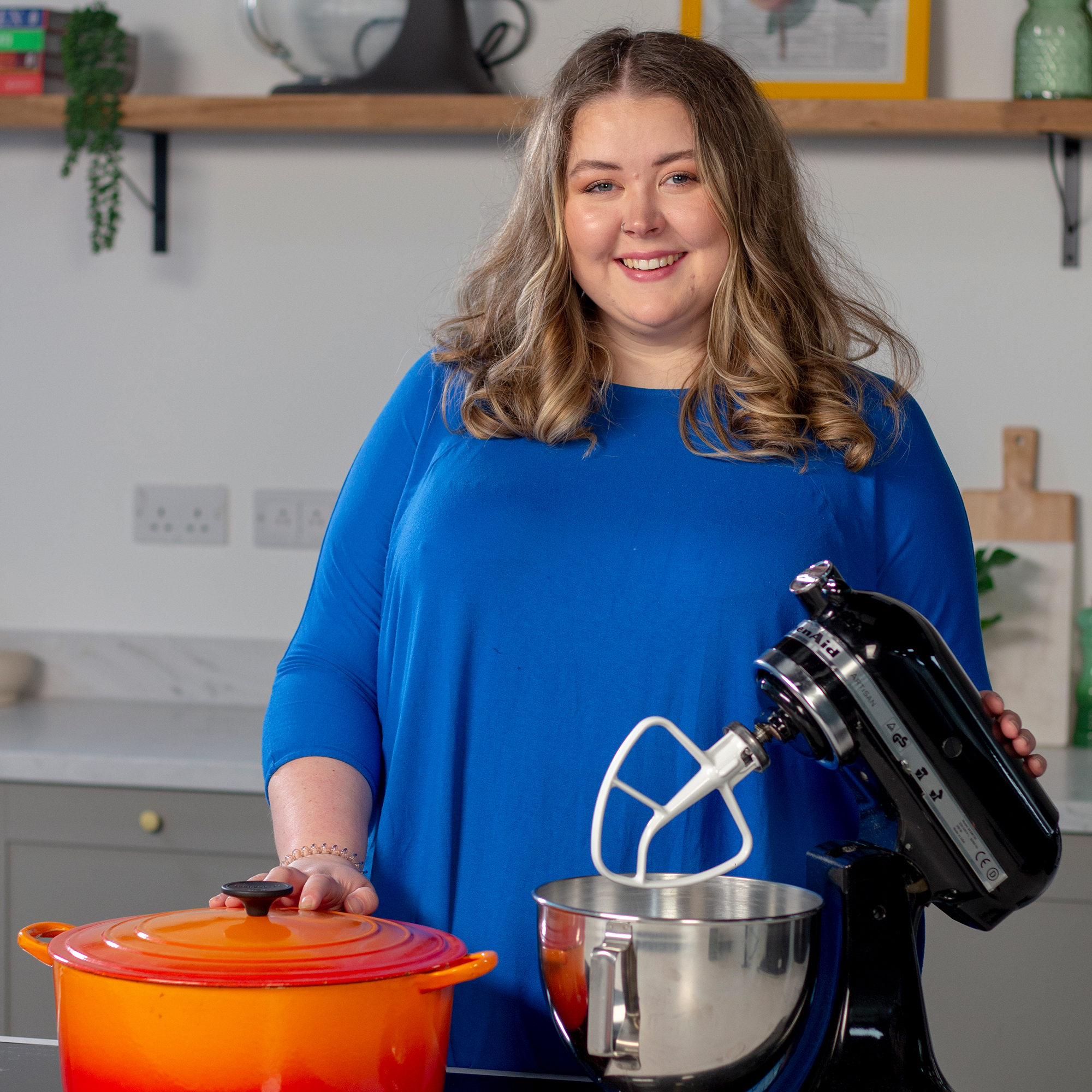How to clean a blender or food processor
Wondering how to clean your blender or food processor? Here are some of our quick tips, including how to deep clean and remove smells from a blender

Blenders can often come with powerful blades and sturdy pitchers, but that can make knowing how to clean a blender tricky. The same can be said for the best food processors, because while hand-washing sharp blades and shredding inserts is fiddly, it’s sometimes the only option.
Luckily, once you know how to clean a blender or food processor, it’s actually pretty easy. For a start, many of the best blenders now come with dishwasher-safe attachments, and while blender pitchers often don’t fit in the dishwasher, the smaller, personal-sized cups can.
How to clean a blender the easy way

You need to clean your blender after every use, or the residue will stick onto the sides or the blades when dried out. While this quick and easy method won’t be suitable for every clean, it works well for speedy cleans in-between deeper washes.
The easy way to clean your blender is to add some warm water and a drizzle of dish soap to the pitcher or cup. It shouldn’t be much, because once you start blending the bubbles will expand and you don’t want your blender to become overfilled.
Add the lid to your blender and pulse it for a few seconds at a time. If the soapy water doesn’t reach all of the areas of your blender, add a dash of more water.

Then, rinse your blender out to remove the bubbles. You don’t want your next smoothie to taste like soap! This should clean out the blades very well, but check for other areas like the lid and down the sides of the pitcher for any remaining smoothie or soup residue
How to clean your food processor the easy way
The way to clean a food processor is similar, if not the same. The key difference is that you may struggle to get the foam up into the upper parts of the chopping bowl. Use your blades for this, and alternate between sudden pulses and long ones to encourage a rich foam to emerge.
How to deep clean your blender or food processor

If your blender or food processor has a plastic bowl or pitcher, it can be prone to discolouration and lingering smells. Especially if you’ve been blending up a delicious wild garlic pesto or a spicy curry sauce, doing a deep clean will prevent strong smells and colours from sticking around.
To deep-clean your blender or food processor you need to follow these five basic steps.
1. Rinse it out
Rinse your blender out right after you’re done using it. That includes the blades, lid, and the outside of the bowl. Removing any strong colours and smells immediately after use is the most important way to stop your blender from smelling.
2. Take it apart
The blender or food processor will have blades or inserts that need to be removed to access any leftover seeds or shreds of veggies. Take it apart and place it in a sink full of warm, soapy water.
3. Clean it thoroughly
Using a non-abrasive sponge or dishcloth, you should reach into our bowl or pitcher and scrub away at the inside and exterior of your food processor or blender.
Don’t forget to also clean the lid, which can often get stuck with dried-on food and drinks.
Then, be careful when cleaning the blades or shredding discs. They can often be sharp, so running them under a stream of water to assist with any cleaning is a good way of reducing the work for you.
For more cleaning tips you can take a look at our guide on how to clean an air fryer, and more cleaning and care tips.
Sign up to our newsletter for style and decor inspiration, house makeovers, project advice and more.

Millie Fender is Head of Reviews at Ideal Home. She joined Ideal Home as an Ecommerce Editor in 2021, covering all of the site's small appliance and cookware shopping content. Millie formerly worked at Top Ten Reviews, another Future site, where she produced review and buying guides across a range of home products, from fridges to blenders. As Head of Reviews, her job is to test all the wackiest product launches, whether they're air fryers, bread makers, or juicers, and give you her honest experience.